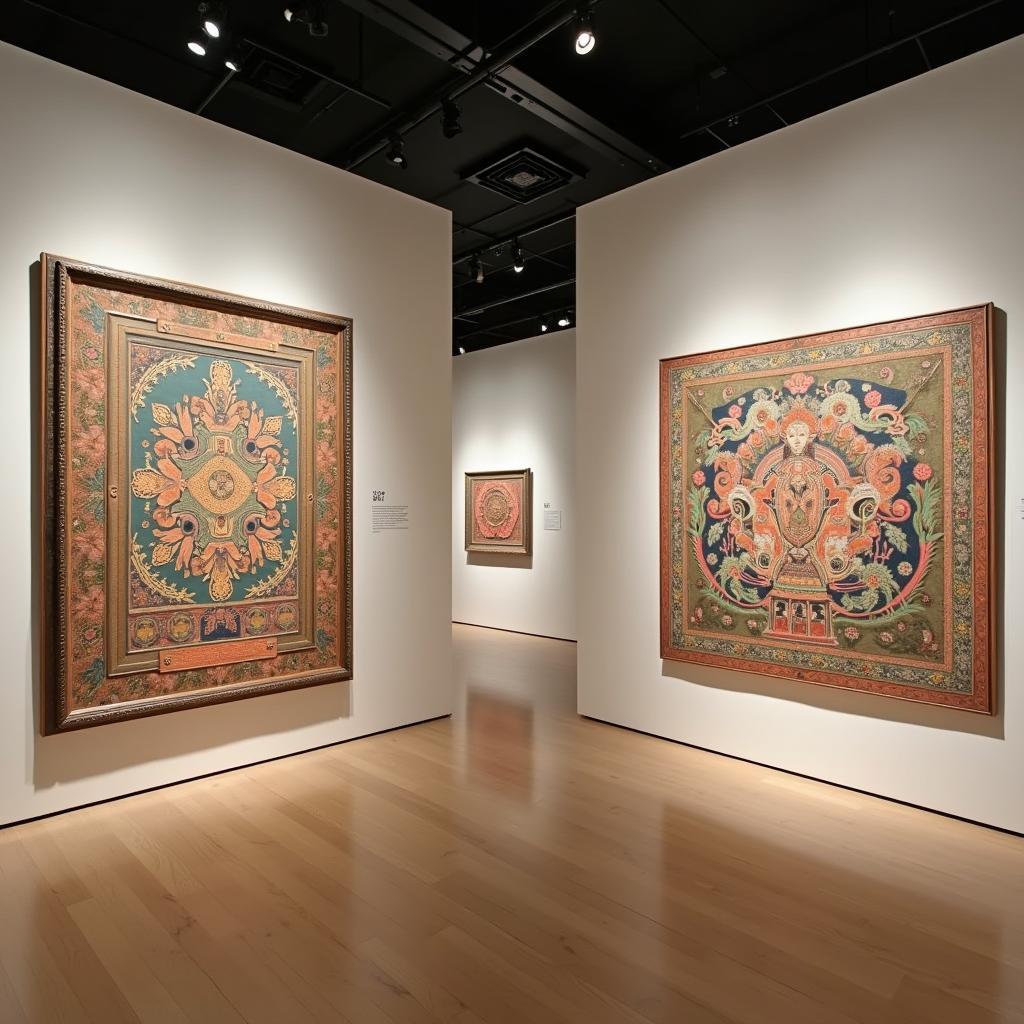Art and culture’s role in promoting national pride has been a recurring theme in IELTS Writing Task 2, appearing approximately 2-3 times annually. Understanding the role of cultural heritage in building national identity is crucial for IELTS candidates. Let’s examine a recent question that exemplifies this topic.
Some people believe that promoting traditional arts and culture is crucial for maintaining national pride and identity. To what extent do you agree or disagree with this view?
Task Analysis
This question requires candidates to evaluate the relationship between traditional arts/culture and national identity. The phrase “to what extent” indicates that a nuanced response is expected, rather than a simple agree/disagree position.
 Traditional arts and cultural performances strengthening national identity
Traditional arts and cultural performances strengthening national identity
Sample Essay 1 (Band 8.5)
Traditional arts and cultural heritage serve as fundamental pillars in shaping and maintaining a nation’s collective identity and pride. While some argue that modernization should take precedence, I strongly believe that promoting traditional arts and culture is essential for preserving national identity.
Traditional artistic expressions and cultural practices provide unique insights into a nation’s historical journey and values. For instance, the impact of cultural identity on social cohesion can be observed in countries like Japan, where traditional tea ceremonies and kabuki theater continue to reinforce cultural values and social bonds. These practices not only preserve historical knowledge but also foster a sense of belonging among citizens.
Moreover, traditional arts and culture serve as distinguishing markers in an increasingly globalized world. Countries that maintain their cultural heritage often experience stronger social cohesion and national unity. In South Korea, for example, the promotion of traditional music (pansori) and martial arts (taekwondo) has contributed significantly to both national pride and international recognition.
However, it is crucial to balance traditional and modern elements. While preserving cultural heritage is essential, nations must also adapt to contemporary needs. This can be achieved by integrating traditional elements into modern expressions, creating a dynamic cultural identity that remains relevant while honoring its roots.
In conclusion, traditional arts and culture play a vital role in maintaining national identity and pride, though their promotion should be balanced with modern development. This approach ensures cultural preservation while allowing for natural evolution and growth.
 Modern interpretation of traditional art forms in contemporary setting
Modern interpretation of traditional art forms in contemporary setting
Sample Essay 2 (Band 6.5)
I agree that traditional arts and culture are important for national pride and identity. These things help people remember their history and feel proud of their country.
First, traditional arts show us how people lived in the past. When we see old paintings or listen to traditional music, we can understand our ancestors better. For example, role of local art in community pride is very important in India, where classical dance forms tell stories from history.
Second, cultural activities bring people together. During festivals and celebrations, people wear traditional clothes and eat traditional food. This makes them feel connected to each other and their country. Many countries have special holidays that celebrate their culture.
However, some young people think traditional things are old-fashioned. They prefer modern entertainment and lifestyle. But I think we can have both modern and traditional things together.
In conclusion, I believe traditional arts and culture are very important for national pride. We should try to keep these traditions while also accepting new things.
Key Vocabulary
- cultural heritage (n) /ˈkʌltʃərəl ˈherɪtɪdʒ/ – traditions passed down through generations
- social cohesion (n) /ˈsəʊʃəl kəʊˈhiːʒən/ – unity between members of society
- collective identity (n) /kəˈlektɪv aɪˈdentɪti/ – shared sense of belonging
- globalized (adj) /ˈɡləʊbəlaɪzd/ – worldwide in scope
- distinguishing markers (n) /dɪˈstɪŋɡwɪʃɪŋ ˈmɑːkəz/ – unique identifying features
Consider practicing with these similar topics:
- The role of language in preserving cultural identity
- Modern technology’s impact on traditional cultures
- Balancing cultural preservation with economic development
Share your practice essays in the comments for feedback and discussion.


